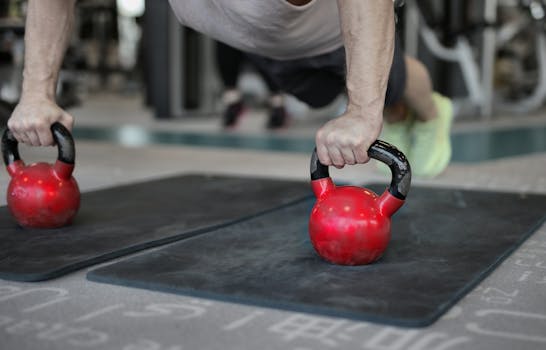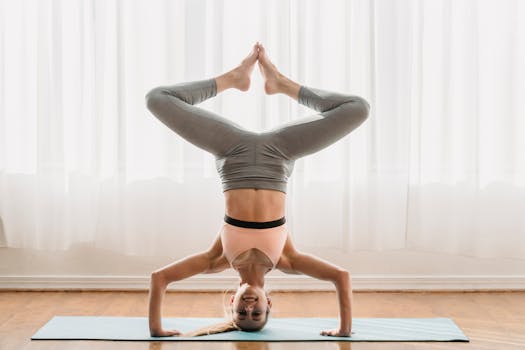Embracing a Balanced Lifestyle: Your Guide to Wellness and Fulfillment
Takeaways: In this article, we will explore the various facets of a balanced lifestyle, including physical health, mental well-being, mindfulness practices, and personal development. You’ll learn practical tips and strategies to enhance your overall quality of life and achieve a sense of fulfillment.
Introduction to a Balanced Lifestyle

The Importance of Physical Health
Regular Exercise

Nutrition and Healthy Eating
A well-balanced diet is essential for supporting your physical health. Focus on incorporating whole foods, such as fruits, vegetables, whole grains, lean proteins, and healthy fats into your meals. Avoid processed foods and excessive sugar to maintain energy levels and support overall well-being.
Sleep and Rest
Quality sleep is fundamental to a balanced lifestyle. Aim for 7-9 hours of sleep each night to allow your body to recover and rejuvenate. Establish a bedtime routine, limit screen time before bed, and create a comfortable sleep environment to improve your sleep quality.
Mental Well-Being and Stress Management
The Role of Mindfulness

Time Management Techniques
Effective time management can significantly reduce stress levels and contribute to a balanced lifestyle. Use tools such as calendars, to-do lists, and prioritization techniques to manage your tasks efficiently. Setting boundaries and learning to say no can also help you maintain balance.
Seeking Support
It’s essential to recognize when you need help and seek support from friends, family, or professionals. Talking about your feelings and experiences can provide relief and help you gain perspective on your challenges.
Personal Development and Growth
Setting Goals

Continuous Learning
Embrace lifelong learning as a means of personal growth. Whether through formal education, online courses, or self-directed study, expanding your knowledge and skills can enhance your confidence and open new opportunities.
Building Resilience
Resilience is the ability to bounce back from adversity. Cultivating resilience involves developing a positive mindset, practicing self-compassion, and learning coping strategies to deal with life’s challenges effectively.
Creating a Healthy Environment
Decluttering for Clarity

Surrounding Yourself with Positivity
The people you surround yourself with can influence your mindset and energy levels. Foster relationships with positive, supportive individuals who inspire you to grow and thrive. Engage in communities that align with your values and interests.
Creating a Relaxing Home Atmosphere
Your home environment should be a sanctuary that promotes relaxation and well-being. Incorporate elements such as plants, calming colors, and comfortable furnishings to create a space where you can unwind and recharge.
Conclusion

FAQs
What is a balanced lifestyle?

How can I improve my mental well-being?
You can improve your mental well-being by practicing mindfulness, managing stress effectively, seeking support, and engaging in activities that bring you joy.
Why is physical health important for a balanced lifestyle?
Physical health is vital because it directly impacts your energy levels, mood, and overall well-being. Maintaining good physical health enables you to engage fully in life and pursue your goals.
What role does personal development play in a balanced lifestyle?
Personal development helps you grow, learn new skills, and set and achieve meaningful goals, contributing to a sense of fulfillment and purpose in life.
How can I create a positive environment at home?
You can create a positive environment by decluttering, surrounding yourself with supportive people, and incorporating elements that promote relaxation and comfort.
Sources
- Healthline: How to Live a Balanced Life
- Mindful: The Benefits of Mindfulness
- Psychology Today: The Importance of Personal Development




